11 Sep Natural Dyes – The History of Extraction of Beautiful Plant Pigments
NATURAL DYES – THE HISTORY OF EXTRACTION OF PLANT PIGMENTS
Last week, I had written about dyes extracted from animals. In continuation of the story of natural dyes, I will describe the primary dyes extracted from plant sources and the often violent history associated with at least one of these.
THE STORY OF NATURAL DYES: INDIGO
The history of indigo is as old as time itself, going back to Mohenjo Daro, around 2500 BCE. The bust of the priest-king excavated at the site, currently in the National Museum of Pakistan, shows one-shoulder draped in a piece of cloth with a trefoil pattern, commonly supposed to be Ajrakh, which involves a knowledge of madder/indigo. But it is a shockingly troubled history for what is fundamentally just a plant. But a miraculous one. The green leaves are fermented and treated to turn into a dye in a complicated process that follows multiple steps. How the first Indian dyers managed to discover the secret of transforming the plant into the rich blue dye remains a mystery.
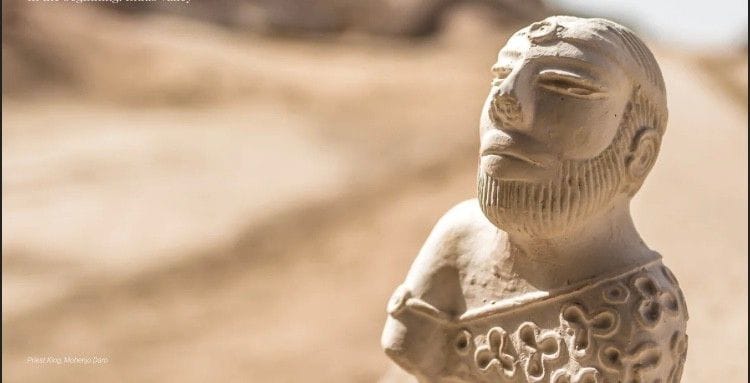

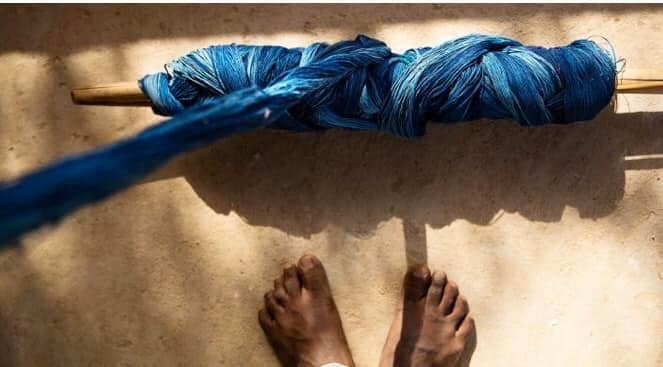



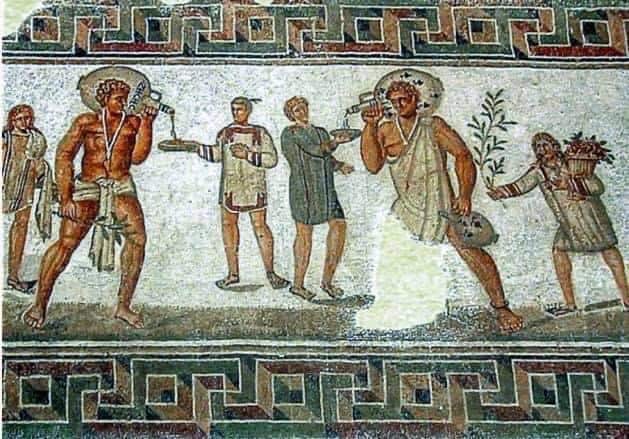
Historically India cultivated the best quality indigo, though it was grown in other parts of Asia and Central America. India was also the earliest major center for its production and processing. Indigo, used as a dye, traveled to Greece and Rome, valued as a luxury product. The association of India with indigo is related to the Greek word for dye -iindikón. The Romans Latinized the term to indicum, which passed into Italian and eventually into English as the word indigo.
Indigo remained a rare commodity in Europe (called blue gold) until Vasco da Gama discovered the sea route leading to India – making indigo available to the common man and fuelling demand.
NATURAL DYES INDIGO LINK TO THE HISTORY OF SLAVERY
Following the British East India Company’s annexation of Bengal after the Battle of Plassey, Indian peasants were forced to grow indigo instead of food in slave-like conditions. It is entirely possible that this lead to the Great Bengal Famine, which is called the greatest genocide in history. In the New World, too, slavery was hugely related to indigo’s growing, causing intense suffering.



The importance of indigo vanished with the invention of cheap synthetic equivalents in the 19th century. But it had already caused mayhem and suffering by then.
THE STORY OF NATURAL DYES: MADDER
The history of madder is not an exciting one like its cousin indigo. It hasn’t toppled empires or changed histories; it’s more like a shy, quiet sister. But that doesn’t take away the beauty of this universal red.
Madder is one of our most ancient dyes–Madder dyed textile fragments from the Indus civilization date to around 3000 B.C. A Tutankhamun’s grave was the madder-dyed belt, and archaeologists have unearthed madder-dyed fabrics in ancient China. The oldest European textiles dyed with madder come from the tomb of the Merovingian queen Arnegundis in Saint-Denis near Paris.
All parts of the plant contain the pigment alizarin, but the roots have the highest concentration—the harvesting of Madder roots from mature plants, dried and powdered.

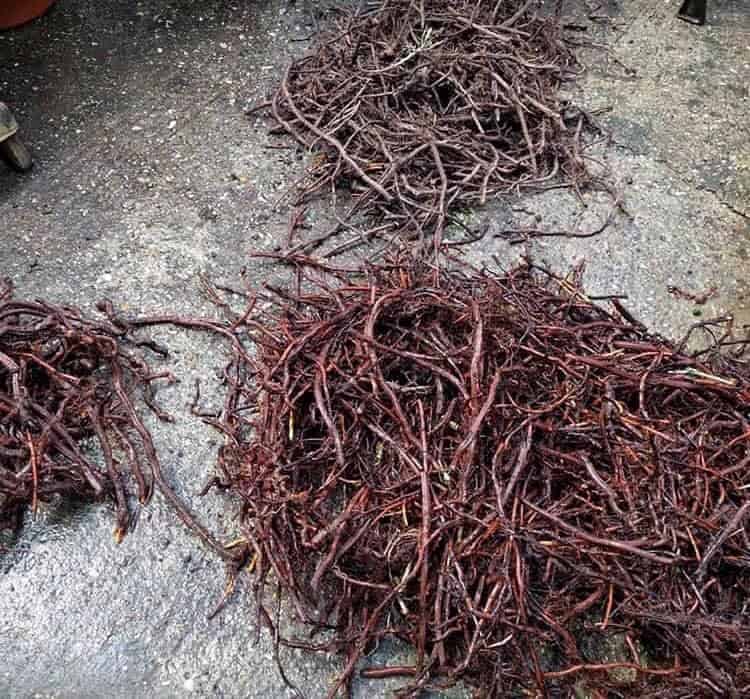

There has been extensive use of Madder lake in art and manuscripts. And madder dye for fabrics, carpets, wool, and leather. The famous chintz emanating from India, which took Europe by storm in the 18th century, uses madder as colorant giving an unmatchable tender pink brightening to red.

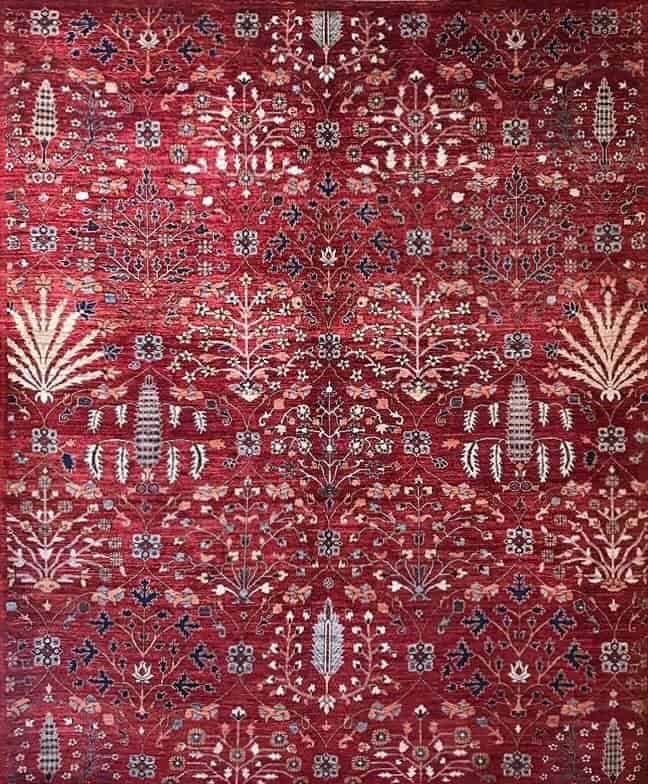

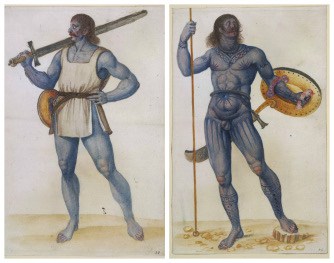
In the 1860s, chemists discovered how to manufacture alizarin synthetically. Sadly madder and indigo are now used only in an artisanal context.
THE STORY OF NATURAL DYES: WOAD
Woad historically is the source of blue other than indigo, known in Egypt and the Mediterranean region for millennia. It spread north and east over time, but eventually became associated with tribal groups such as the Picts, the Celts, and the Scots. The word Pict was the Roman term for ‘painted one’ as the Picts went into battle with their faces covered in woad foam. The Chinese used it for medicine, but they had access to indigo too.
The woad leaves were chopped up and made into balls, which were then dried and fermented. These balls were precious and were traded extensively over Europe
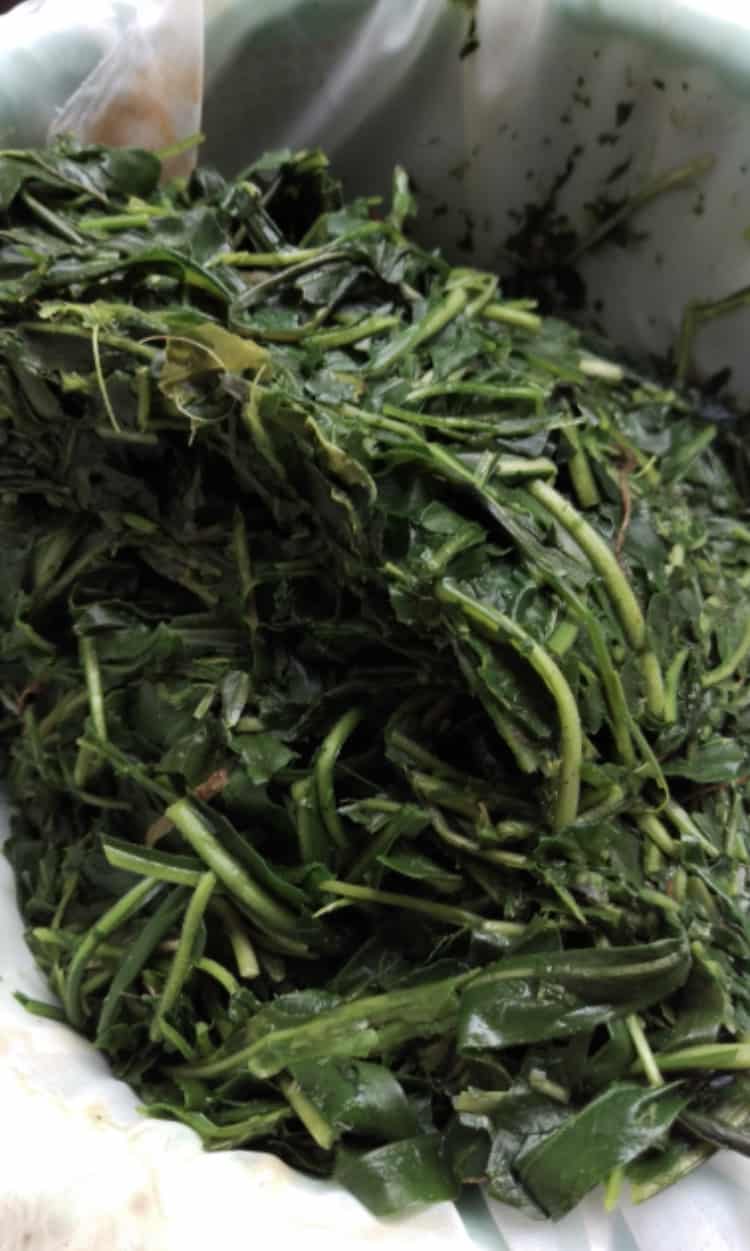
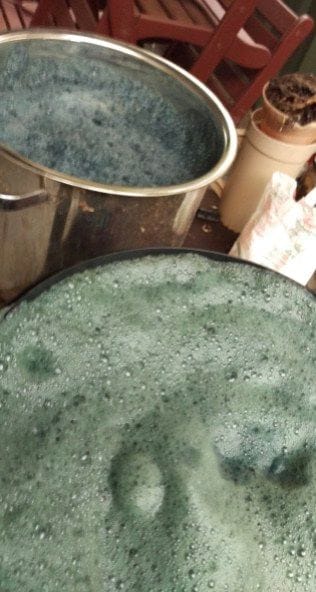


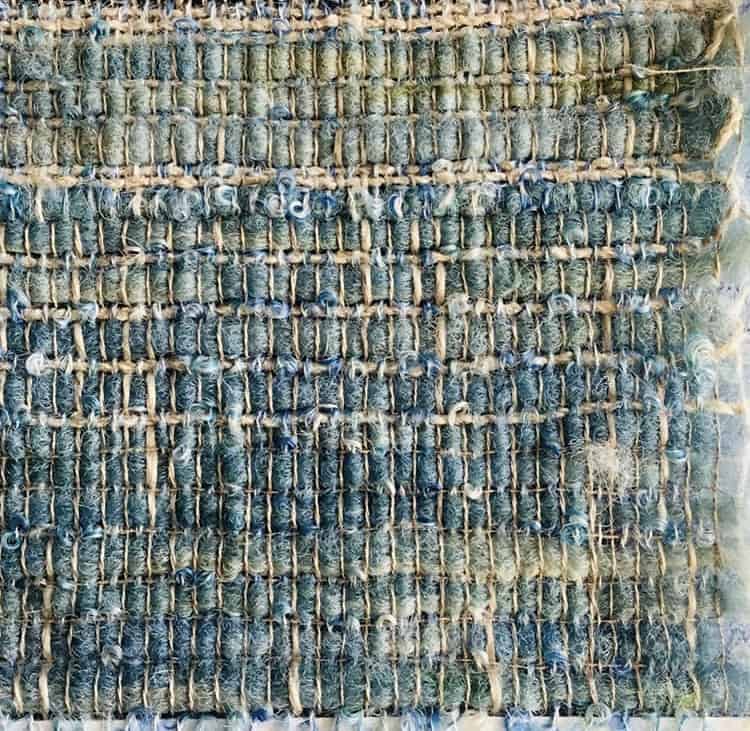
NATURAL DYES & SUSTAINABILITY
As we move into a post COVID world and grapple with issues related to sustainability, the use of natural dyes in applications that are not merely artisanal becomes important. They are biodegradable, renewable, and cause minimum environmental impact. The lower carbon footprint adds more value to them in addition to their aesthetic value as colorants. Of course, they are expensive, and of course, they may not be readily available. But they may be worth it.


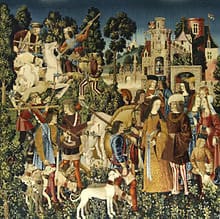

No Comments